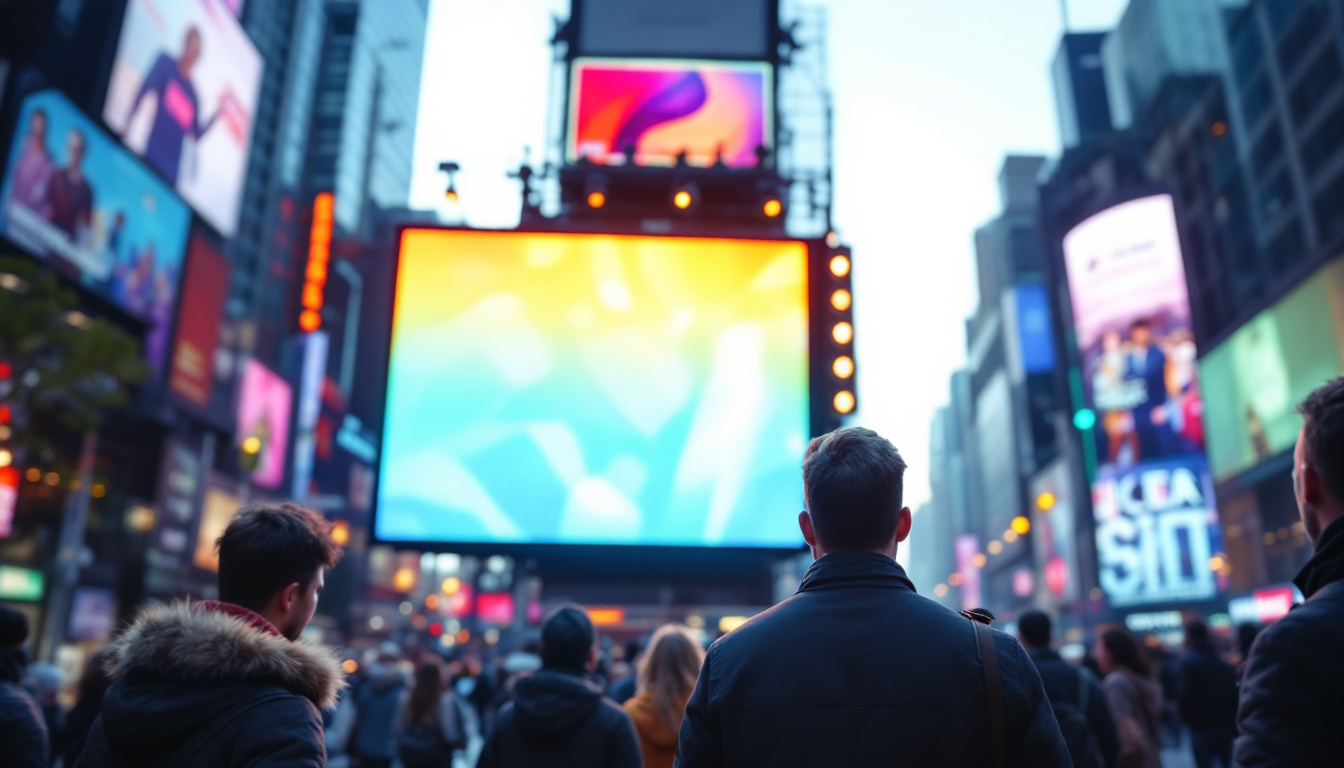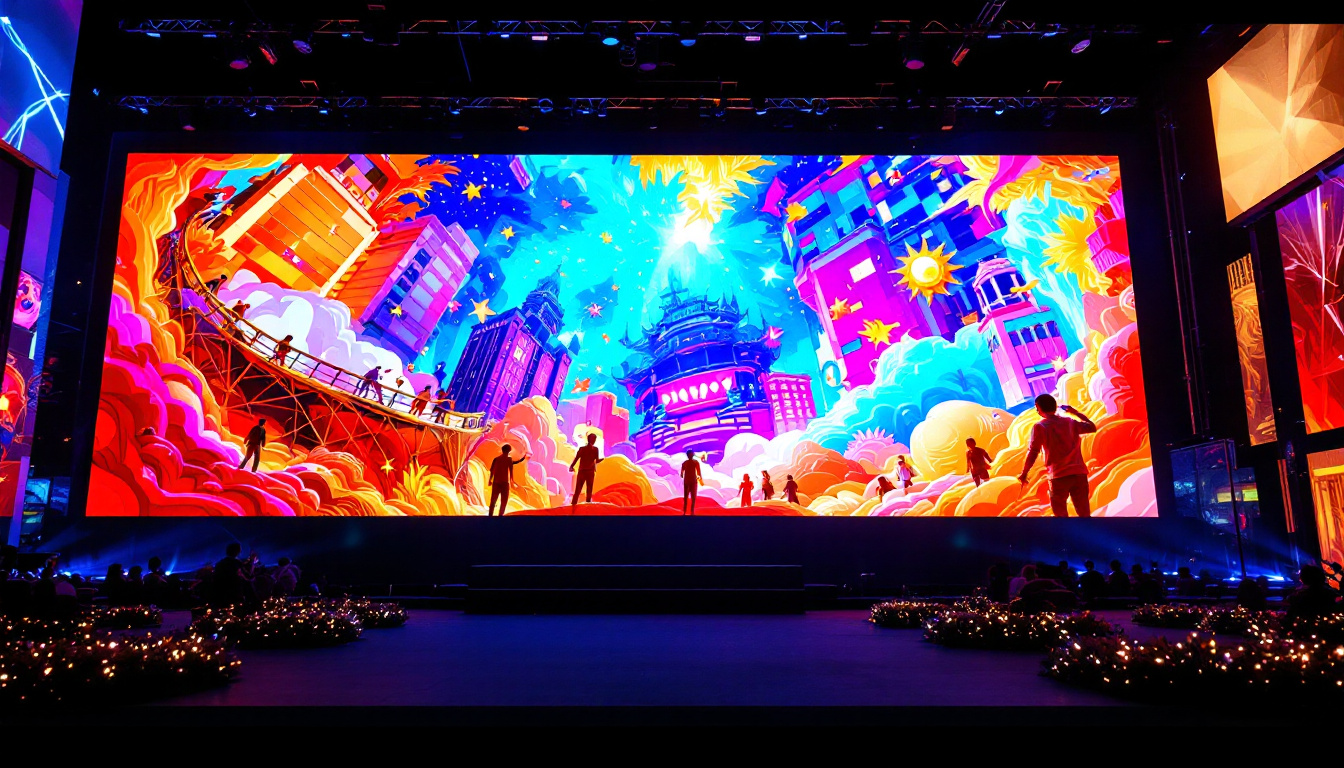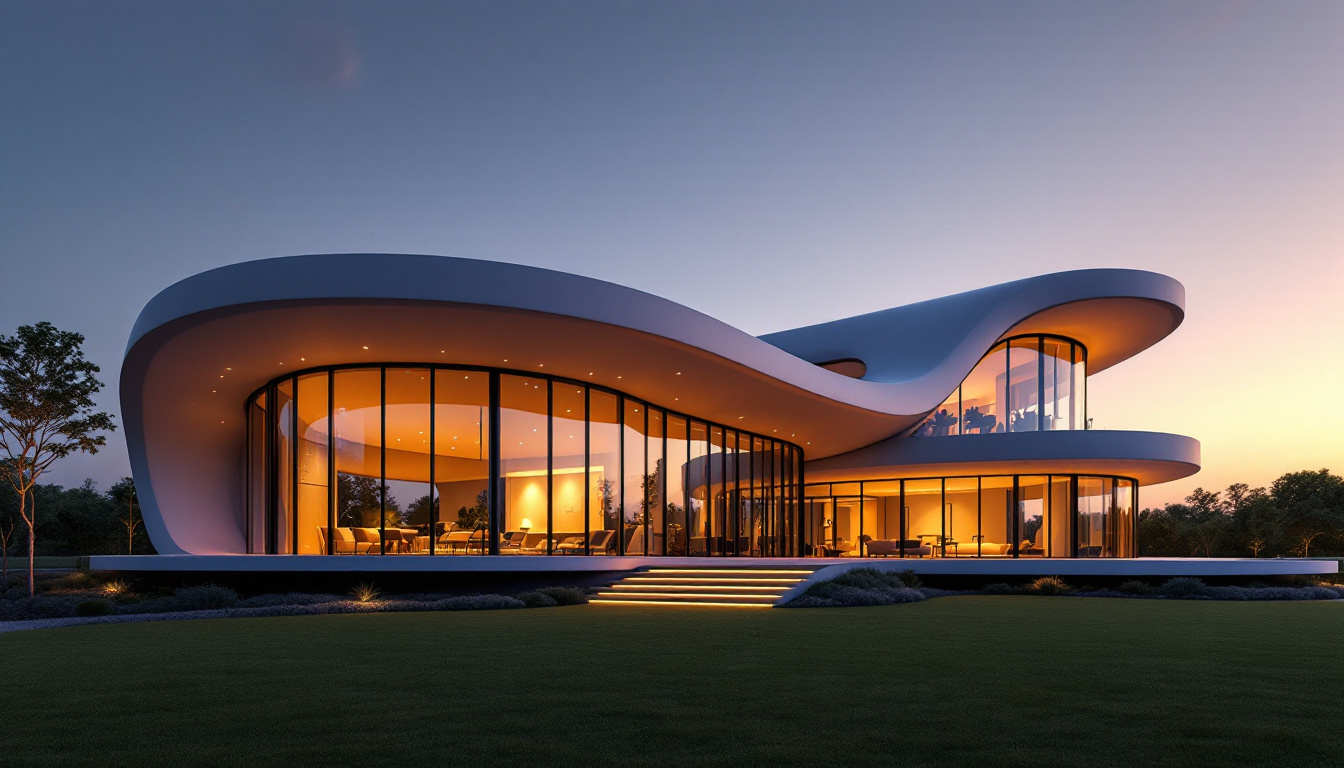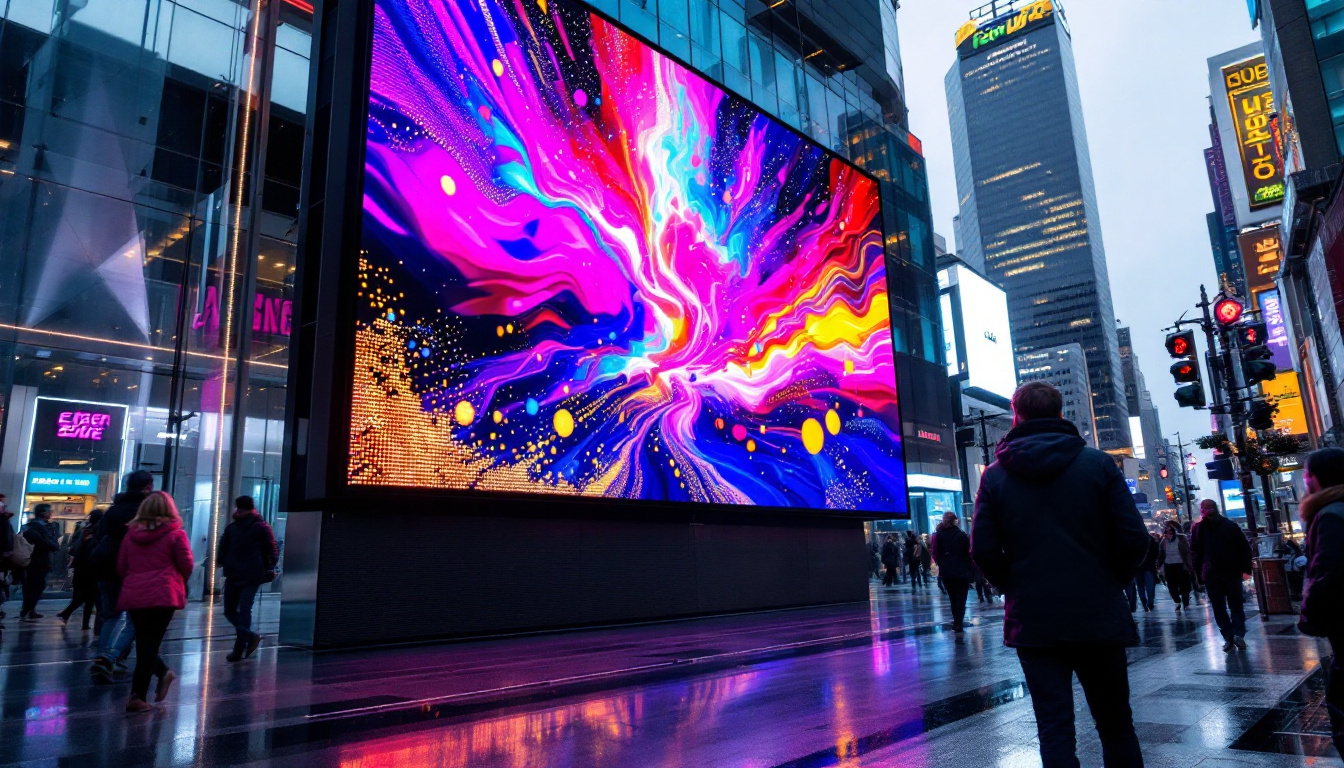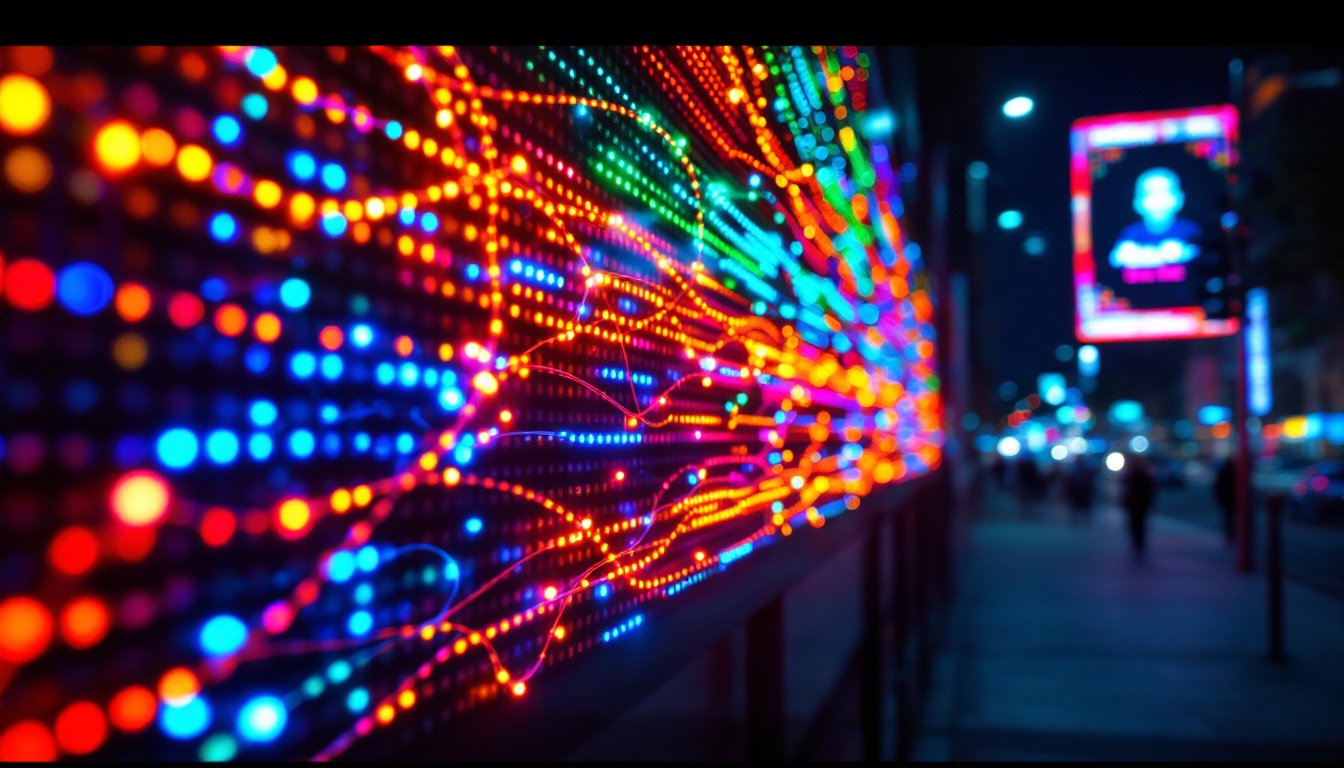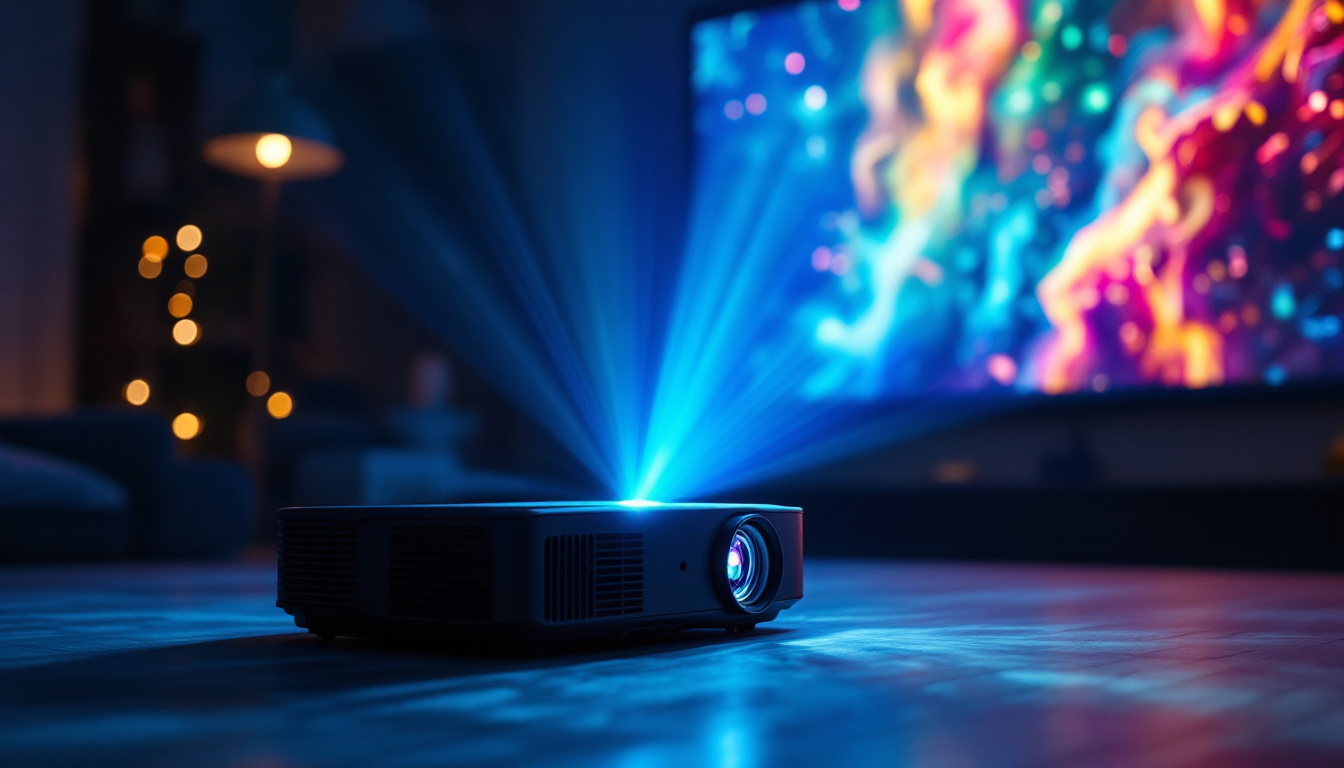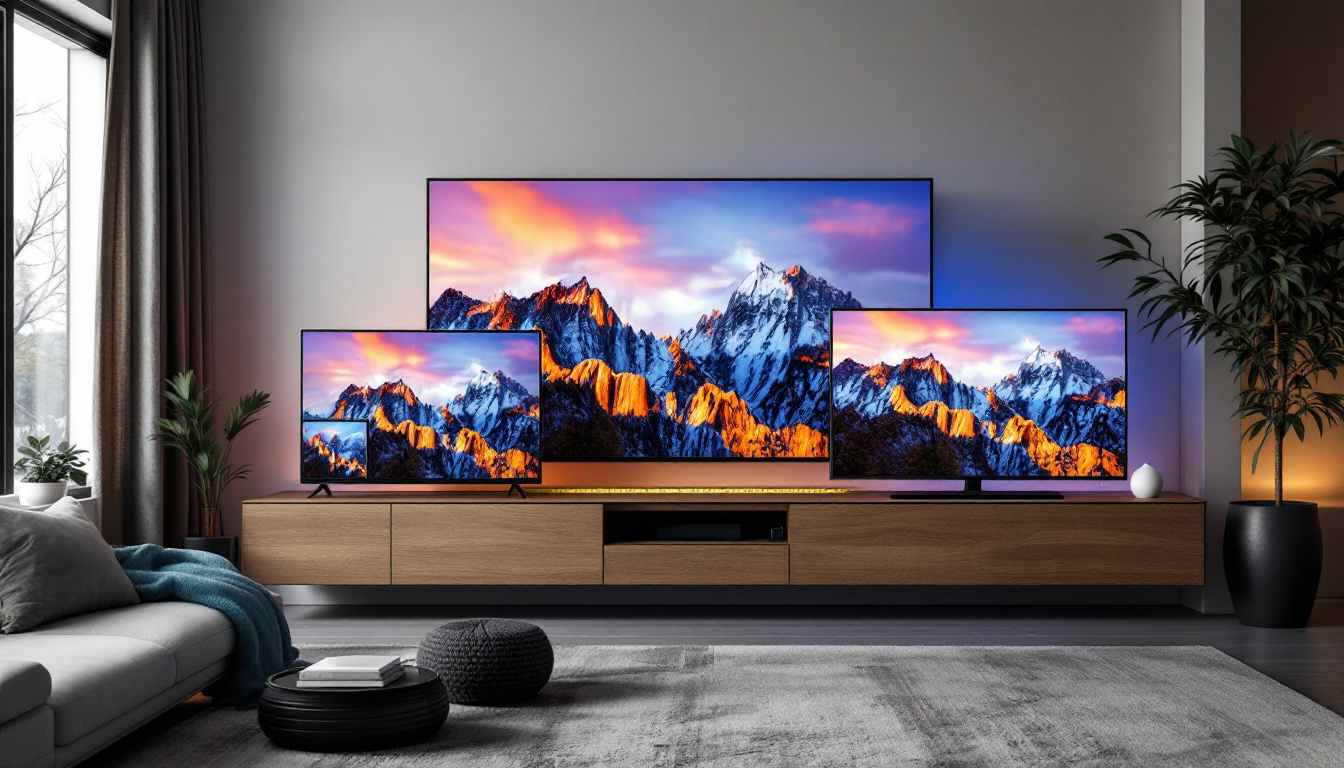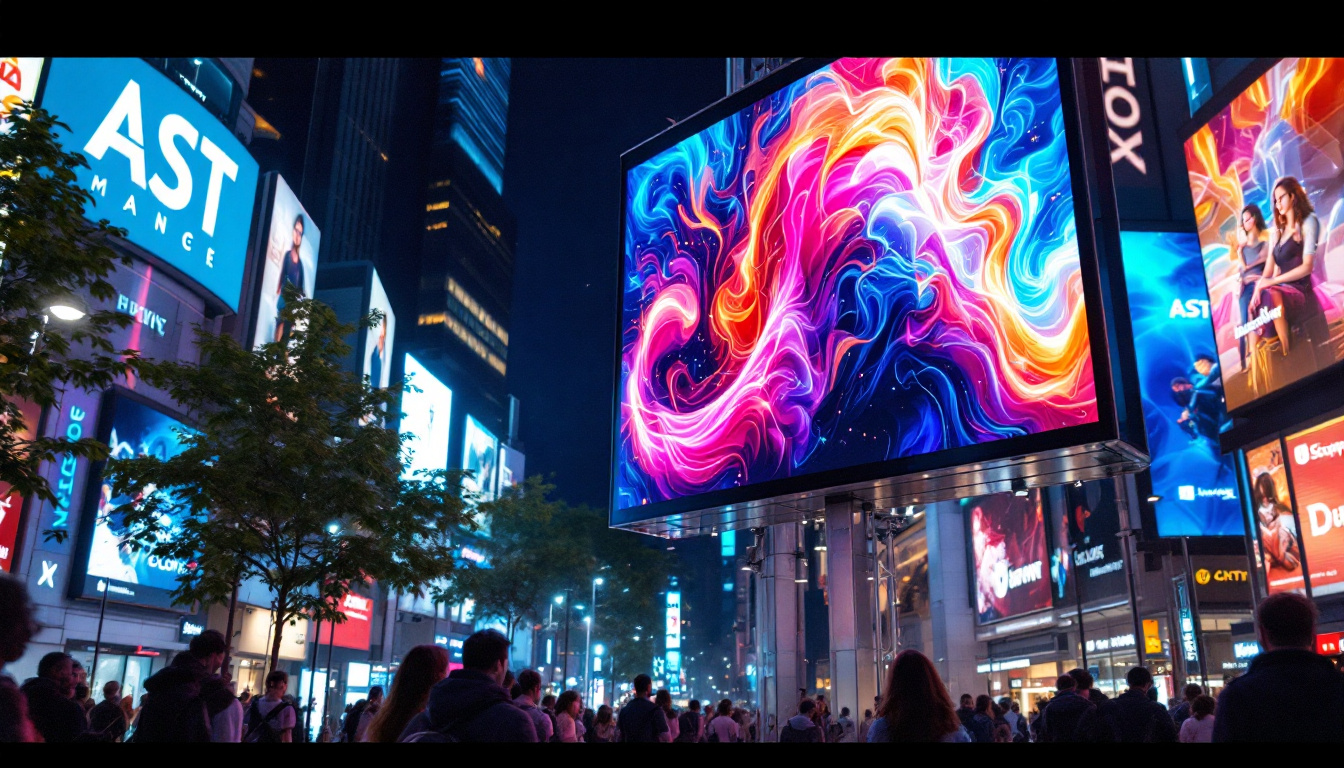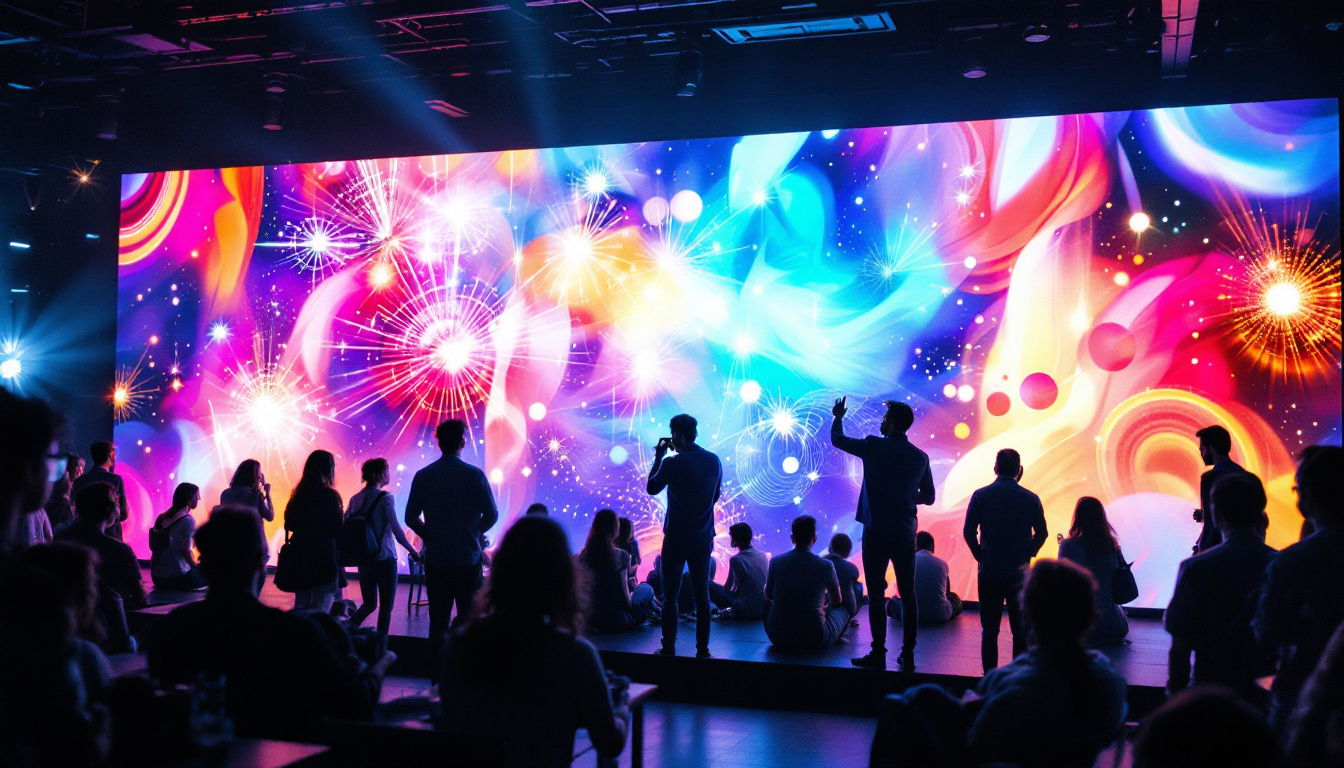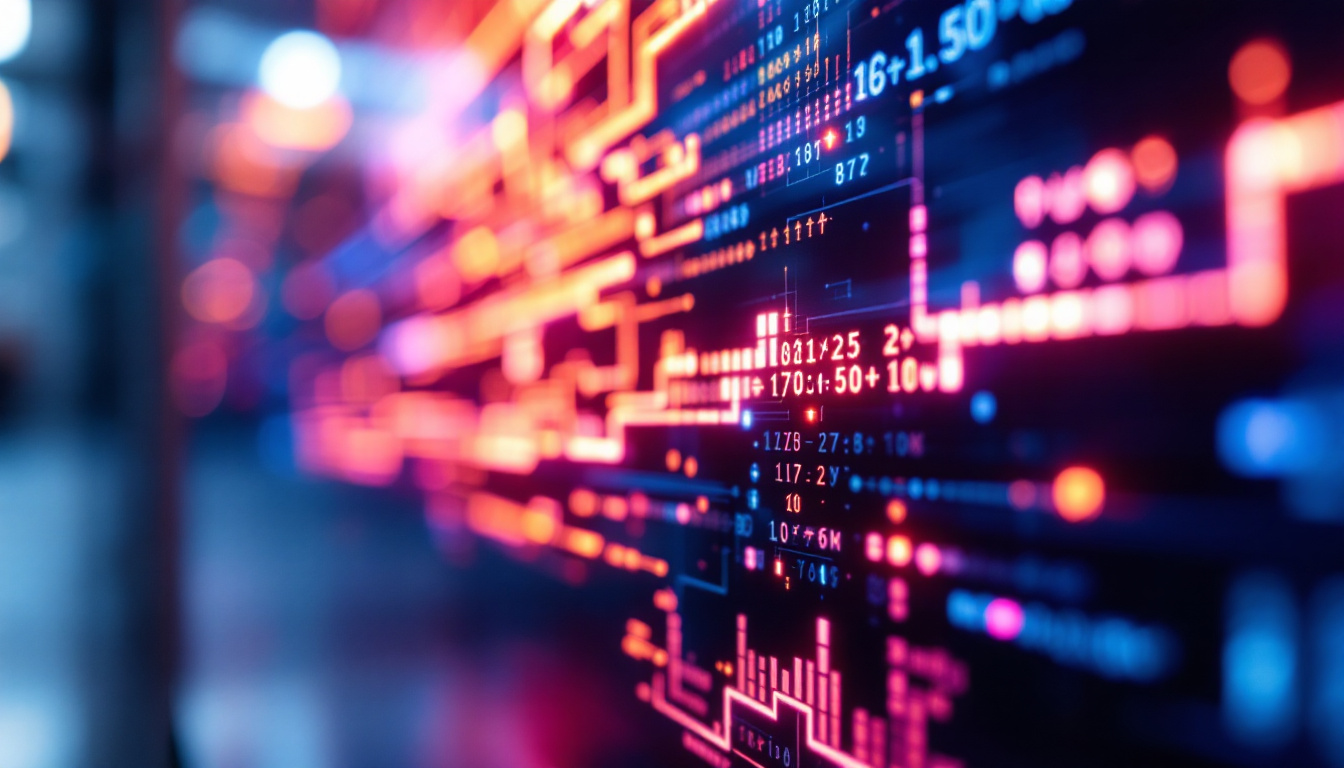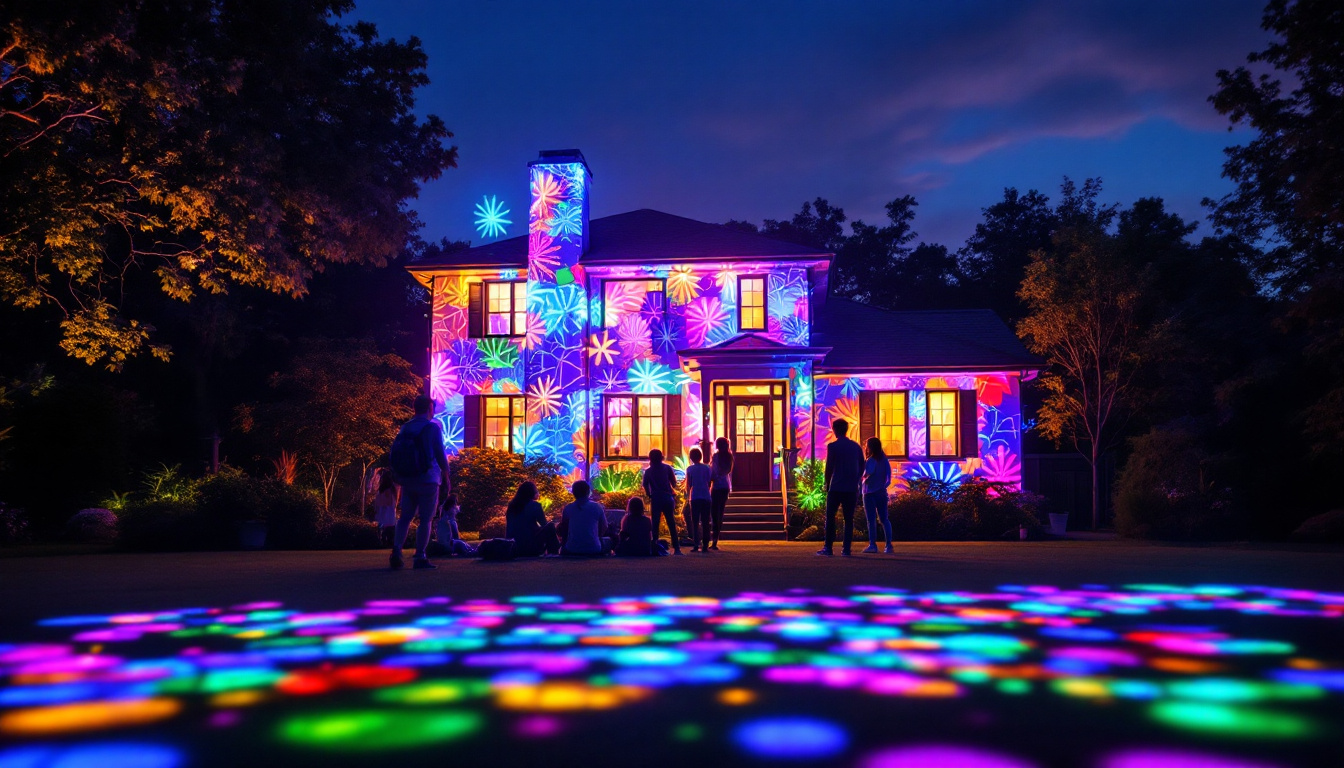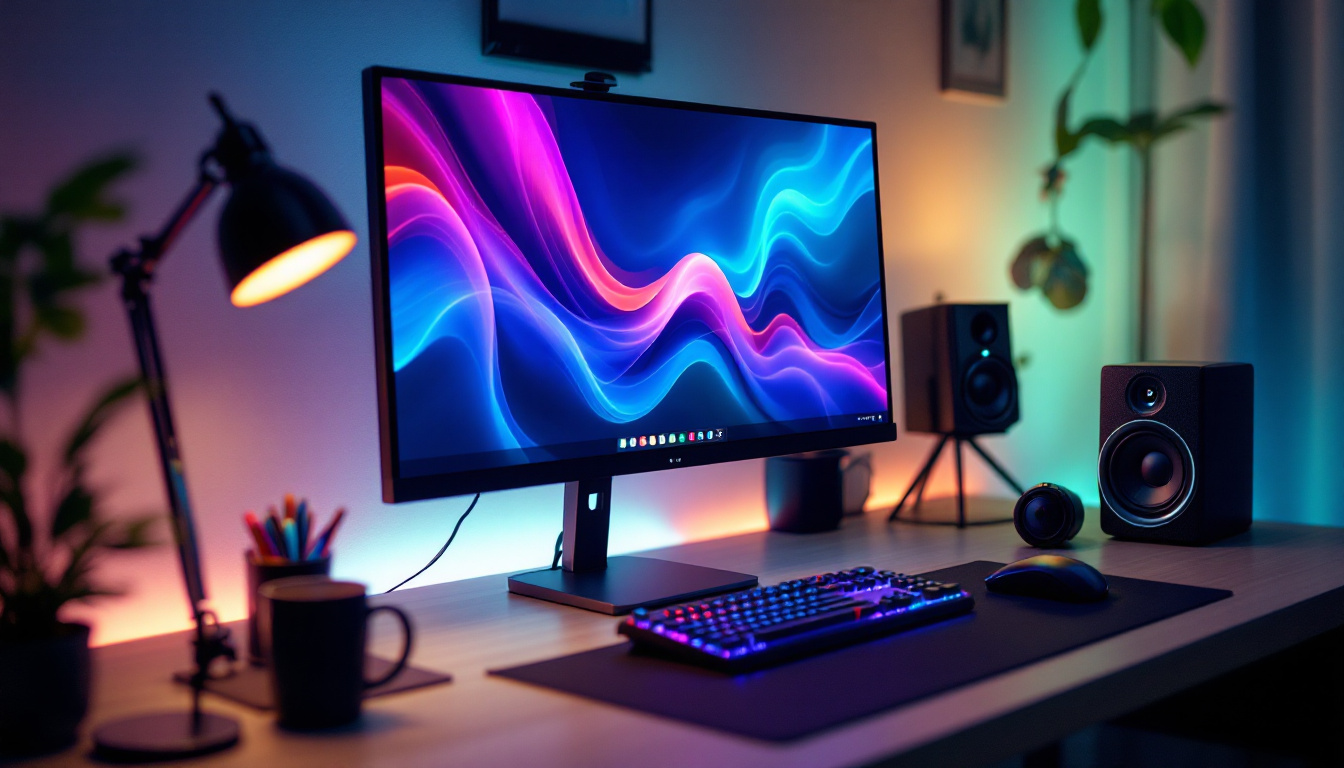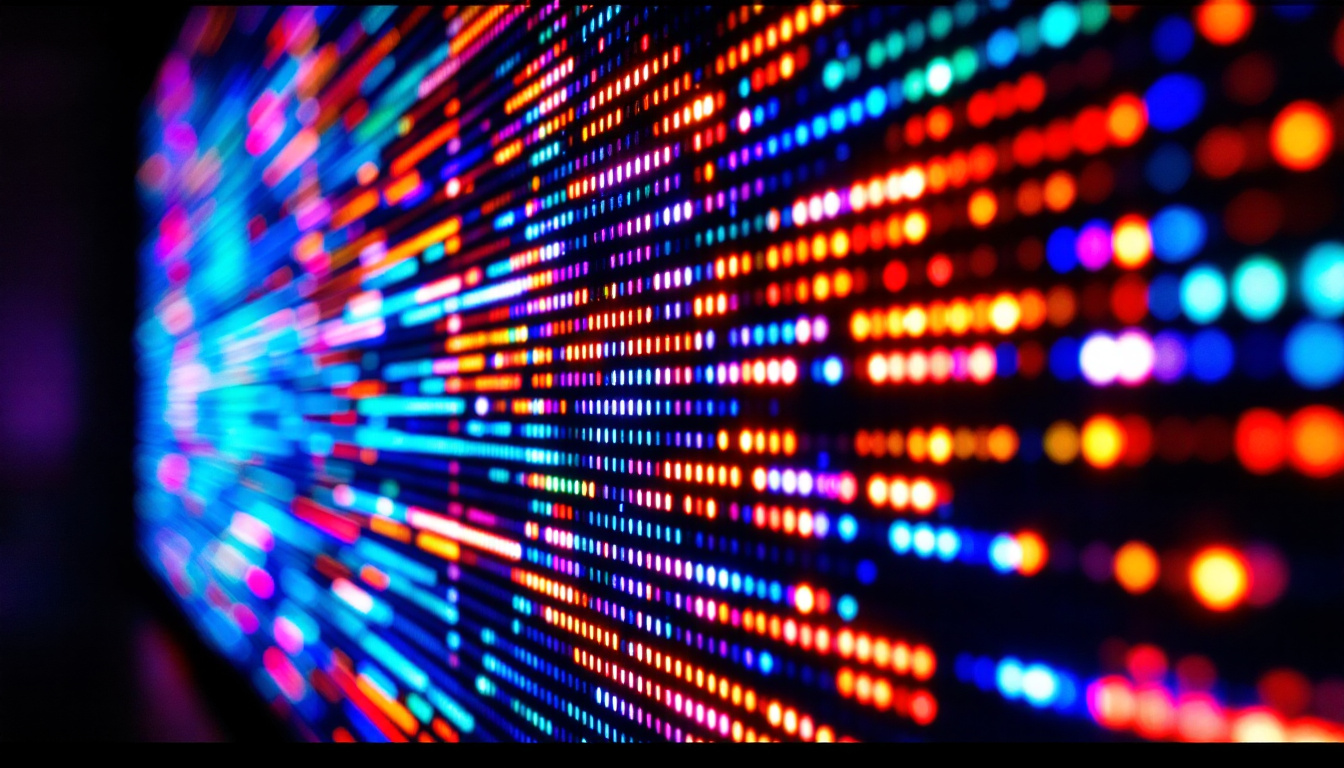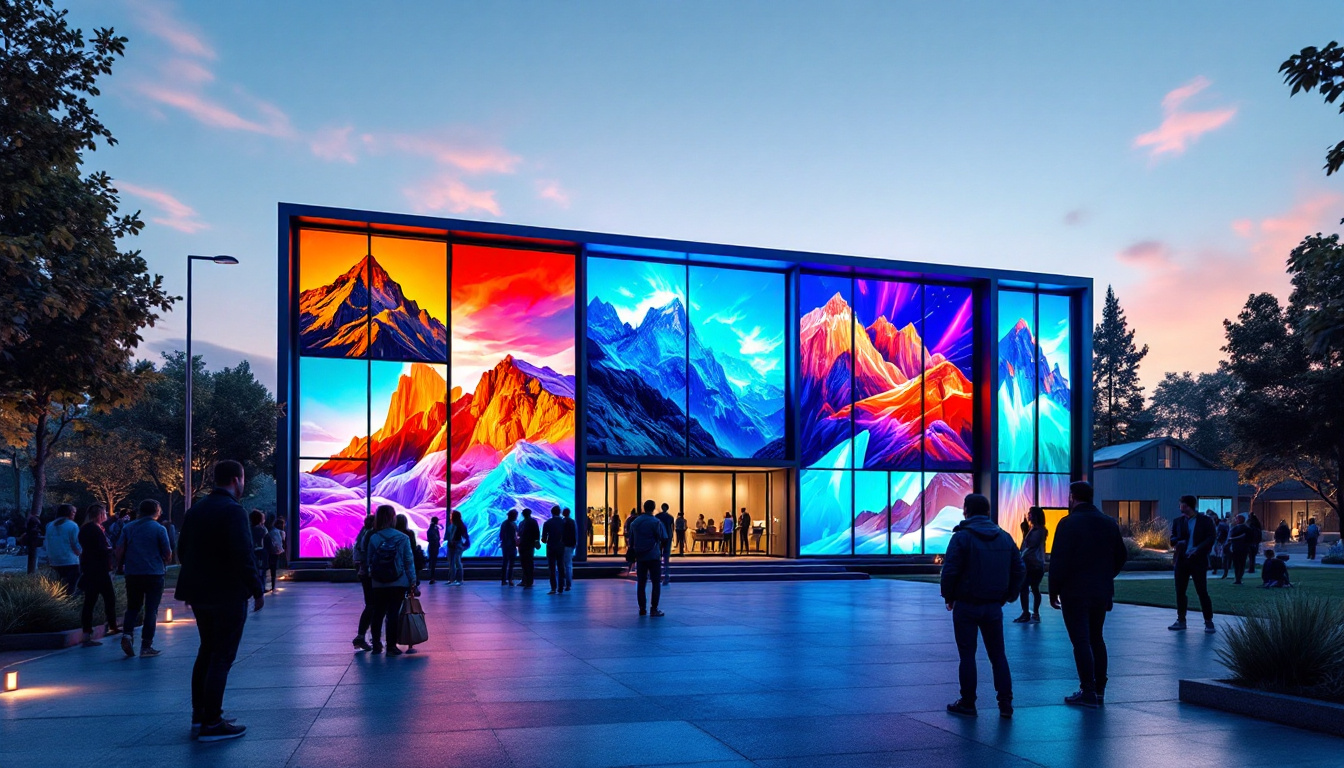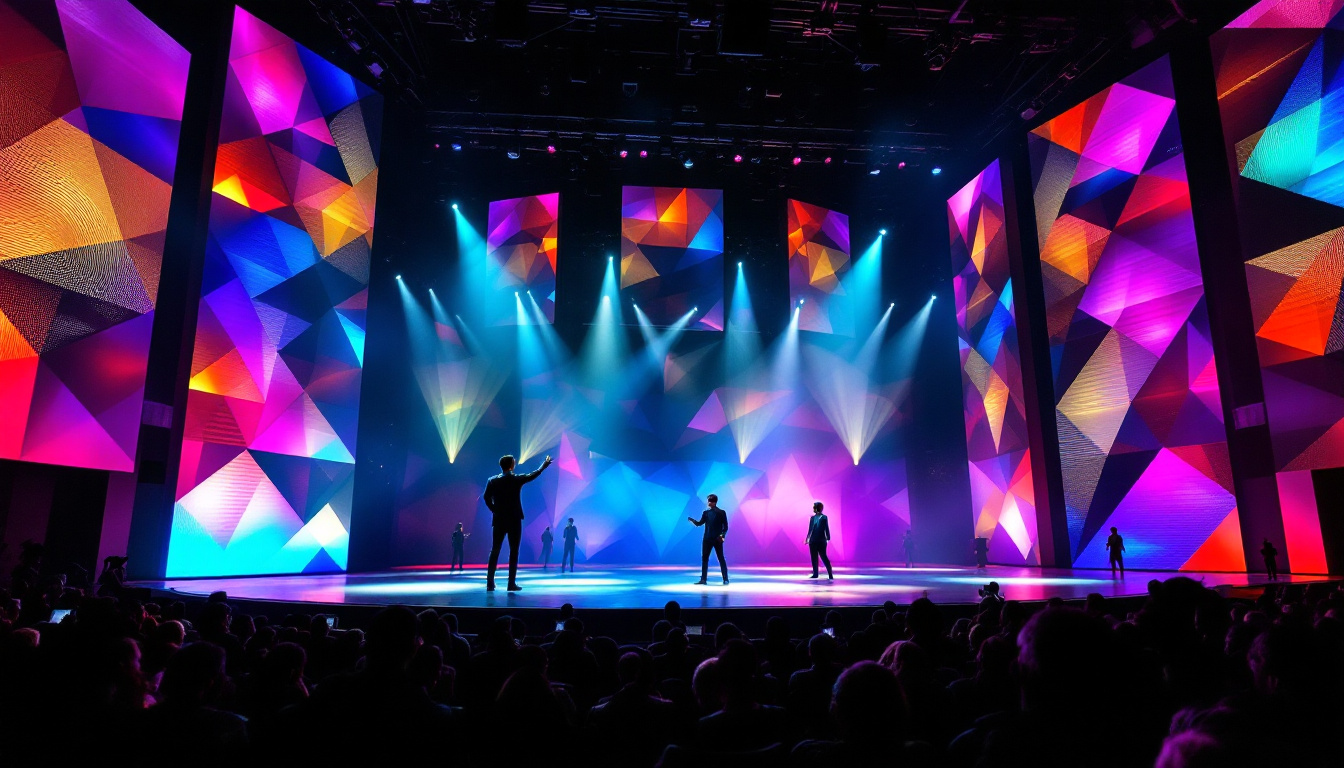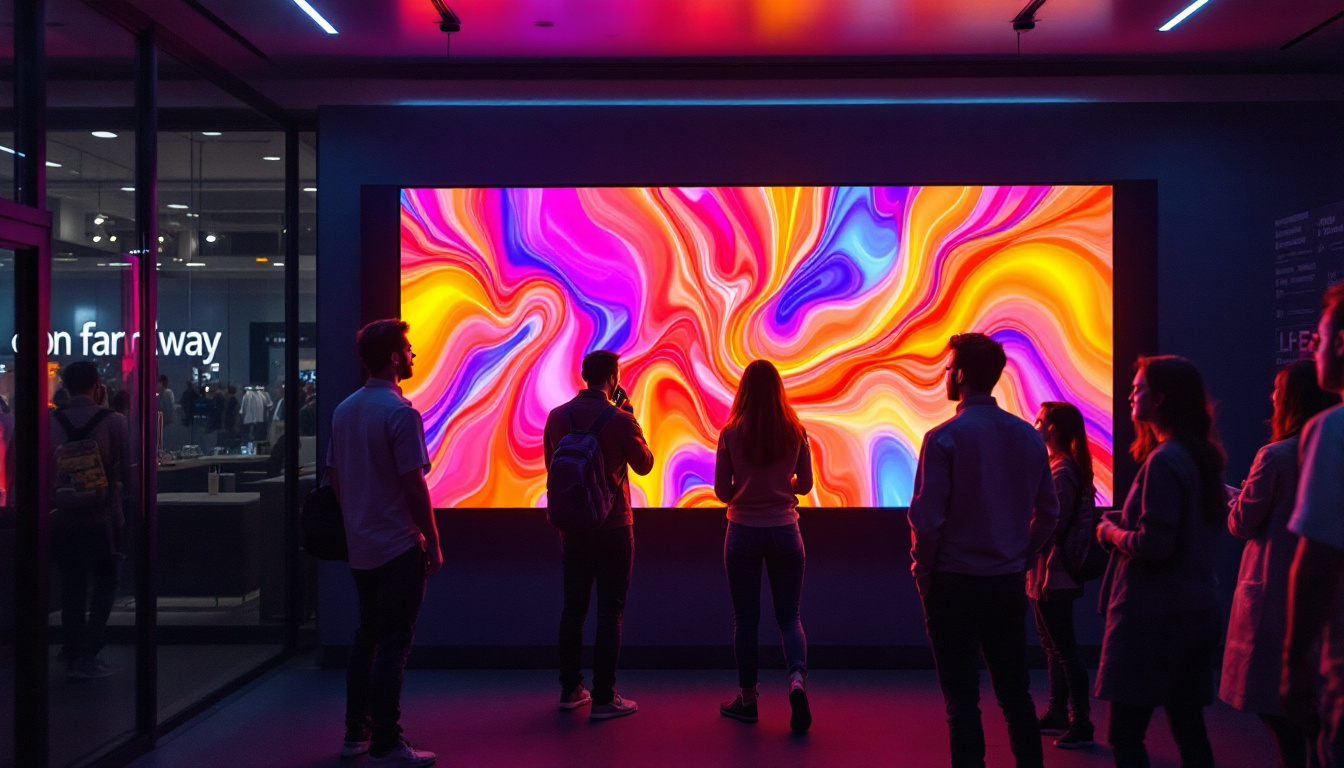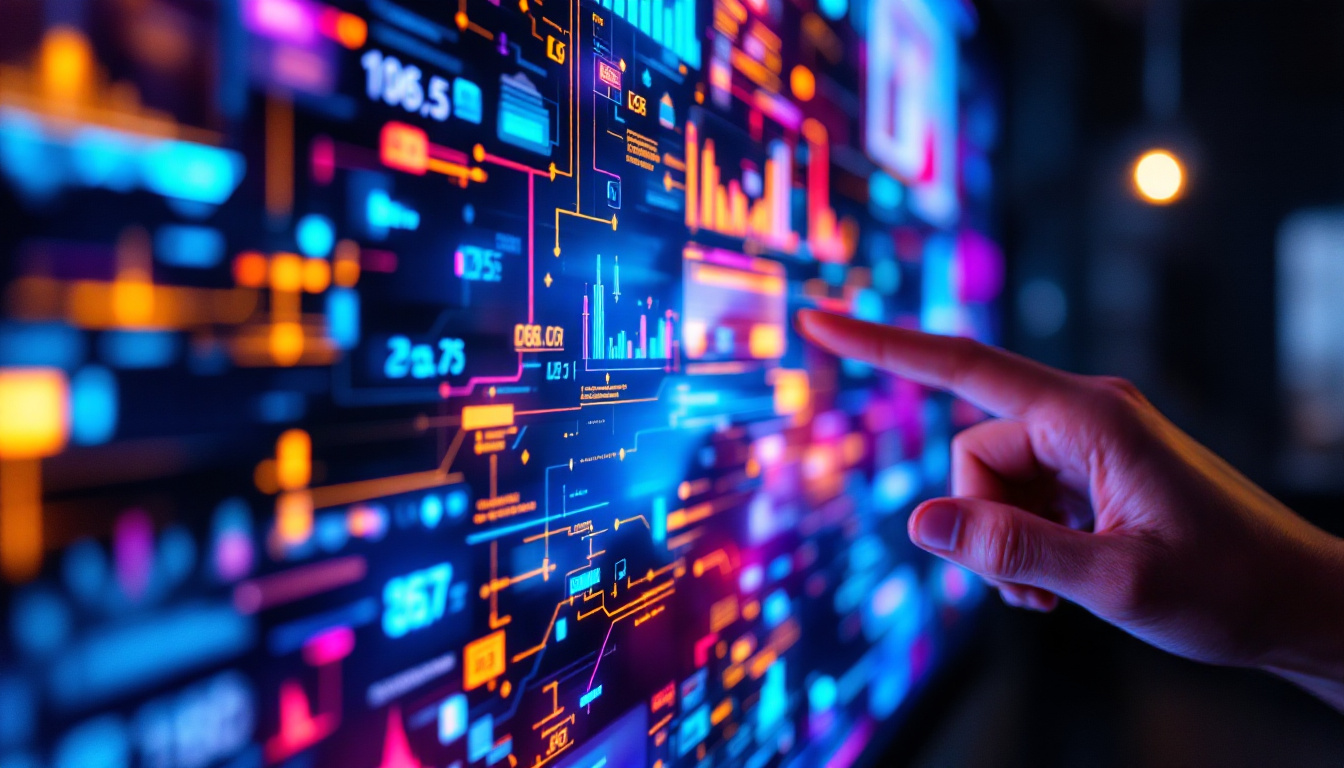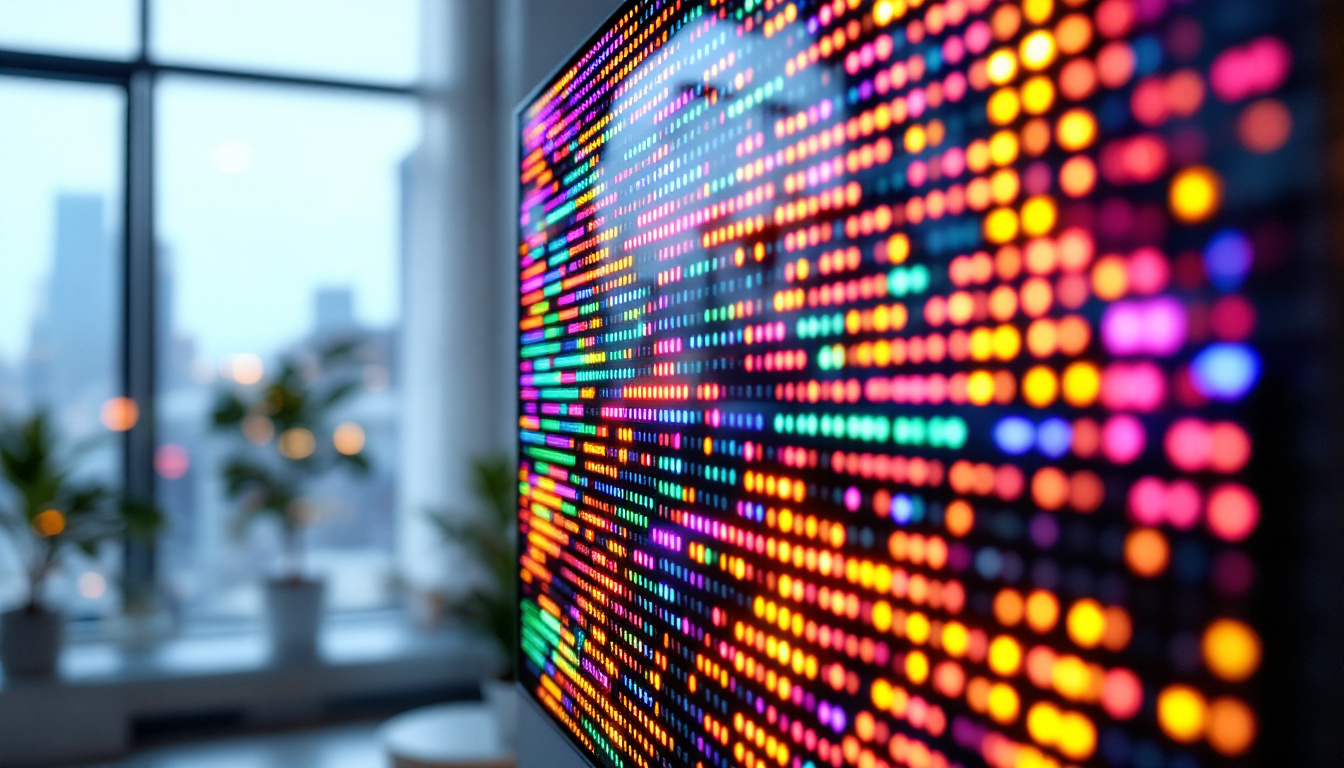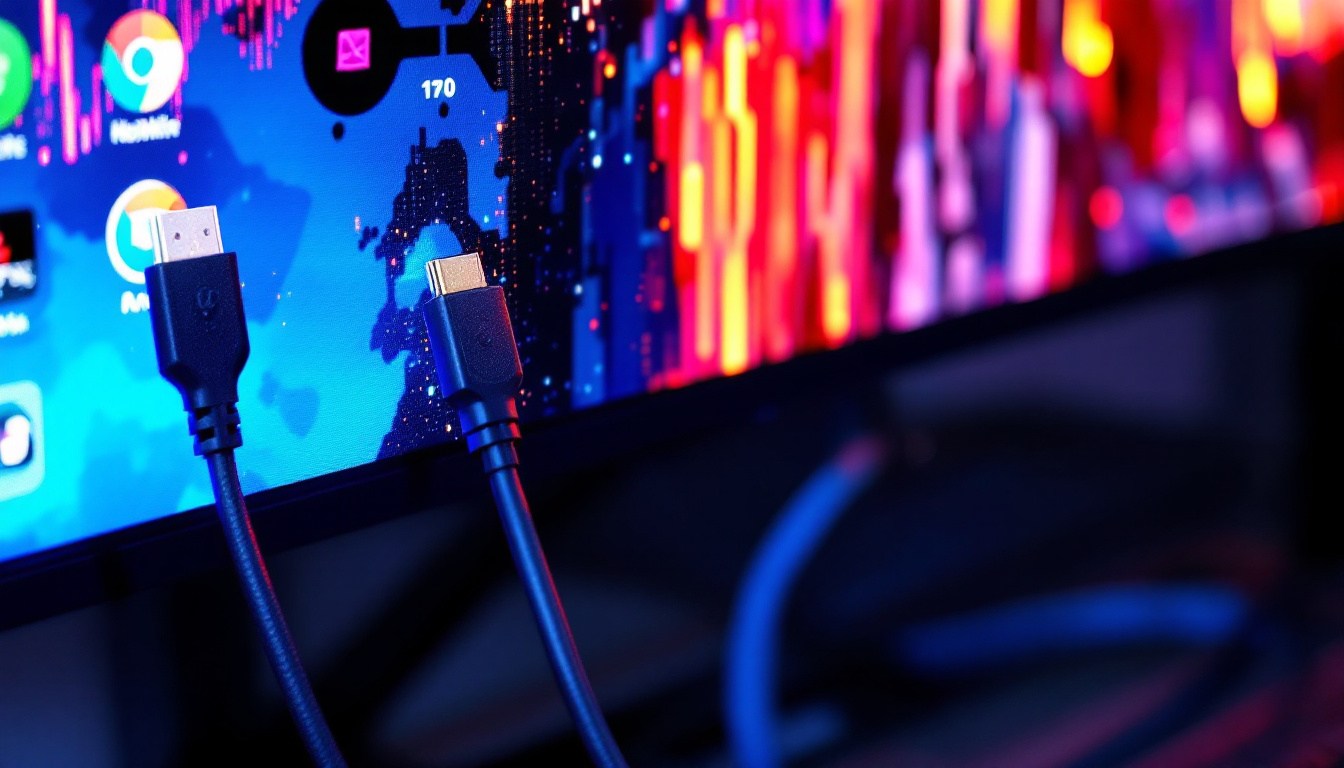In the world of modern technology, LED displays have become an integral part of our daily lives. From the smartphones in our pockets to the massive screens in stadiums, LED technology is everywhere. This article delves into the intricacies of LED displays, exploring their functionality, advantages, and various applications.
What is an LED Display?
LED stands for Light Emitting Diode. An LED display is a flat panel display that uses LEDs as its light source. These displays can be found in various forms, including televisions, computer monitors, and digital billboards. Unlike traditional displays that rely on backlighting, LED displays use individual diodes to emit light, allowing for greater control over brightness and color.
How LED Displays Work
At the core of an LED display are tiny semiconductor devices that emit light when an electric current passes through them. These diodes can produce a wide spectrum of colors by mixing red, green, and blue (RGB) light. By varying the intensity of these colors, LED displays can create millions of different hues, providing vibrant and dynamic visuals.
The arrangement of these diodes can vary depending on the type of display. For instance, in a full-color LED display, each pixel consists of multiple diodes, while monochrome displays may only use a single color. This flexibility allows for a range of applications, from simple indicators to complex video screens. Furthermore, the rapid response time of LEDs contributes to their ability to display fast-moving images without blurring, making them ideal for video content and gaming.
Types of LED Displays
LED displays come in several types, each designed for specific uses. The most common types include:
- Direct View LED Displays: These displays are made up of individual LEDs that form the image directly. They are often used in large outdoor screens and digital billboards.
- LED Backlit Displays: These displays use LEDs to illuminate an LCD panel from behind, enhancing brightness and contrast. They are commonly found in televisions and computer monitors.
- Organic LED (OLED) Displays: OLED technology utilizes organic compounds that emit light when an electric current is applied. These displays offer exceptional color accuracy and contrast ratios, making them popular in high-end televisions and smartphones.
In addition to these common types, there are also specialized LED displays designed for niche applications. For example, transparent LED displays are gaining popularity in retail environments, allowing businesses to showcase products while maintaining visibility through the screen. Another innovative type is the flexible LED display, which can be bent or shaped to fit unique spaces, making them ideal for creative installations and architectural designs. As technology continues to evolve, the versatility and applications of LED displays are expected to expand even further, paving the way for new and exciting visual experiences.
Advantages of LED Displays
LED displays offer numerous advantages over traditional display technologies, making them a popular choice across various industries.
Energy Efficiency
One of the most significant benefits of LED displays is their energy efficiency. Compared to traditional incandescent or fluorescent displays, LEDs consume significantly less power. This not only reduces operational costs but also minimizes environmental impact, making them a greener choice for consumers and businesses alike. In fact, businesses that switch to LED technology can see energy savings of up to 80%, which can translate into substantial savings over time. Furthermore, the reduced heat output of LED displays means less energy is required for cooling systems, further enhancing their overall efficiency.
Longevity and Durability
LED displays are known for their longevity. With a lifespan that can exceed 50,000 hours, they outlast many other display technologies. Additionally, LEDs are more resistant to shock and vibration, making them ideal for outdoor applications and high-traffic environments. This durability not only reduces the frequency of replacements but also contributes to lower maintenance costs. Moreover, many LED displays are designed to withstand extreme weather conditions, making them suitable for a wide range of settings, from bustling city streets to remote outdoor venues.
High Quality and Brightness
LED displays provide superior image quality, with bright and vibrant colors that enhance the viewing experience. Their ability to produce high contrast ratios means that images appear sharper and more defined, even in well-lit environments. This makes them suitable for various applications, from advertising to entertainment. The color accuracy of LED displays is another notable advantage, as they can reproduce a wider color spectrum, which is essential for applications like digital signage and video production. Additionally, advancements in LED technology have led to the development of ultra-high-definition (UHD) displays, which offer even greater detail and clarity, making them increasingly popular in professional settings such as conference rooms and control centers.
Applications of LED Displays
The versatility of LED displays allows them to be used in a wide range of applications. Here are some of the most common uses:
Advertising and Marketing
LED displays have revolutionized advertising. Digital billboards and screens in shopping malls can display dynamic content, attracting the attention of passersby. Advertisers can easily update their messages in real-time, ensuring that their campaigns remain relevant and engaging. The ability to showcase vibrant colors and high-definition graphics makes LED displays particularly effective in grabbing consumer attention. Furthermore, the integration of social media feeds and interactive content allows brands to create a two-way communication channel with their audience, fostering a deeper connection and encouraging immediate engagement.
Entertainment and Events
In the entertainment industry, LED displays are used extensively in concerts, sports events, and theaters. Large LED screens provide spectators with a better view of performances and events, enhancing the overall experience. Additionally, they can be used for immersive installations and art displays, pushing the boundaries of creativity. For instance, during live concerts, LED displays can sync with the music, creating a captivating visual spectacle that amplifies the emotional impact of the performance. Moreover, advancements in LED technology have led to the development of flexible and transparent displays, allowing for innovative stage designs that can transform the entire ambiance of a venue.
Public Information Displays
LED displays are also widely used for public information. From train stations to airports, these screens provide real-time updates on schedules, delays, and other essential information. Their visibility and clarity ensure that important messages reach the public efficiently. Beyond transportation hubs, LED displays are increasingly found in urban environments, providing citizens with updates on weather, emergency alerts, and community events. This capability not only enhances public safety but also fosters a sense of community by keeping residents informed about local happenings. Additionally, municipalities are exploring the use of LED displays for educational purposes, such as displaying historical facts or cultural information, thereby enriching the public’s knowledge while enhancing the aesthetic appeal of public spaces.
Challenges and Considerations
While LED displays offer numerous benefits, there are also challenges to consider. Understanding these can help consumers and businesses make informed decisions.
Initial Cost
One of the primary barriers to adopting LED technology is the initial cost. Although prices have decreased over the years, high-quality LED displays can still be a significant investment. However, considering their longevity and energy savings, many find that the long-term benefits outweigh the upfront expenses.
Heat Generation
LED displays can generate heat during operation, which may require additional cooling solutions, especially in large installations. Proper ventilation and cooling systems are essential to maintain optimal performance and prevent overheating.
Viewing Angles
While LED displays offer excellent brightness, their viewing angles can vary. Some types of LED displays may exhibit color distortion or reduced brightness when viewed from extreme angles. It is crucial to consider the intended viewing distance and angle when selecting an LED display for specific applications.
The Future of LED Technology
The future of LED technology looks promising, with ongoing advancements and innovations. As the demand for high-quality displays continues to grow, manufacturers are exploring new ways to enhance LED performance and expand their applications.
MicroLED Technology
MicroLED is an emerging technology that uses microscopic LEDs to create displays. This technology promises to deliver even higher resolutions, improved color accuracy, and greater energy efficiency. MicroLED displays are expected to revolutionize the market, particularly in the realm of consumer electronics.
Flexible and Transparent Displays
Innovations in LED technology are also leading to the development of flexible and transparent displays. These displays can be integrated into various surfaces, such as windows and clothing, opening up new possibilities for advertising and design. As this technology matures, it is likely to transform how we interact with our environments.
Smart LED Displays
With the rise of the Internet of Things (IoT), smart LED displays are becoming increasingly common. These displays can connect to the internet, allowing for real-time updates and interactivity. Businesses can leverage this technology to create personalized experiences for their customers, enhancing engagement and satisfaction.
Conclusion
LED displays have transformed the way we experience visual content, offering unparalleled brightness, energy efficiency, and versatility. From advertising to entertainment, their applications are vast and varied. As technology continues to evolve, LED displays will undoubtedly play a crucial role in shaping the future of visual communication.
Understanding the workings, advantages, and potential challenges of LED displays is essential for anyone looking to invest in this technology. Whether for personal use or business applications, LED displays offer a compelling solution that combines quality and efficiency.
As the industry progresses, staying informed about the latest advancements in LED technology will ensure that consumers and businesses can make the most of what these displays have to offer. The future is bright, and LED displays are leading the way.
Discover LumenMatrix’s Innovative LED Solutions
Ready to elevate your visual experience with the latest in LED technology? LumenMatrix is at the forefront of LED innovation, offering a wide array of advanced LED display modules designed to bring your brand to life. Whether you’re interested in Indoor LED Wall Displays, Outdoor LED Wall Displays, or specialized solutions like Vehicle LED Displays and LED Sports Displays, LumenMatrix has the right technology to captivate your audience. Embrace the future of visual communication with our Custom LED Displays, All-in-One LED Displays, and LED Transparent Displays. Check out LumenMatrix LED Display Solutions today and see how we can help you create unforgettable visual experiences.

